Sample information |
|
| Picture |
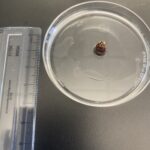
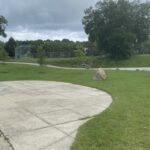
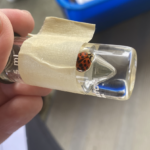
|
|---|---|
| Location | |
| Collection date | 09/12/2023 |
| Captive / Cultivated? | Wild-caught |
| Group | Woburn Memorial High School |
| Observations | This arthropod has nineteen black spots on a pair of red-orange wings covering a hard, oblong body. It has a black head with white markings. It has six legs and is about a centimeter in length. |
| Putative identification | Arthropoda Insecta Coleoptera Coccinellidae Harmonia Harmonia axyridis |
Methods |
|
| Extraction kit | Edwards Buffer |
| DNA extraction location | body without wings |
| Single or Duplex PCR | Duplex Reaction |
| Gel electrophoresis system | MiniPCR |
| Buffer | TAE |
| DNA stain | GelGreen |
| Gel images |
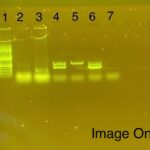
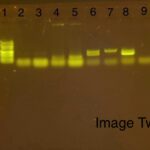
|
| Protocol notes | |
Results |
|
| Wolbachia presence | Unknown |
| Confidence level | Medium |
| Explanation of confidence level | The results of all four of the controls were as expected: there was no contamination in the control with only water, the CO1 gene was visible in the other three controls, and the 16S rRNA gene was visible in the positive Wolbachia controls (refer to wells four to seven in image one and wells six to nine in image two). These results ensured there was no DNA contamination, and DNA extraction and PCR worked. While all of the controls worked, neither the CO1 gene nor the 16S rRNA gene were amplified in specimen 2-SK (refer to well three in image one and wells four and five in image two). Since the CO1 gene was not amplified, there was most likely an error in extracting the DNA. Nothing can be concluded about the possibility that 2-SK was infected with Wolbachia. |
| Wolbachia 16S sequence |
N/A
BLAST at The Wolbachia Project BLAST at NCBI
|
| Arthropod COI sequence |
N/A
BLAST at The Wolbachia Project BLAST at NCBI
|
| Summary | |
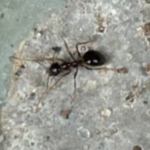 IM P7 #1
IM P7 #1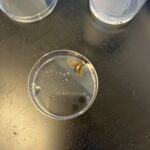 Wolbachia- Moth
Wolbachia- Moth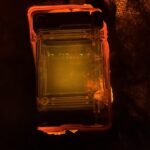 Wolbachia Project
Wolbachia Project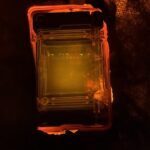 Wolbachia Project
Wolbachia Project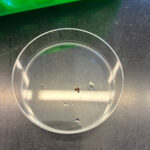 Wolbachia Lab: DNA Extraction
Wolbachia Lab: DNA Extraction